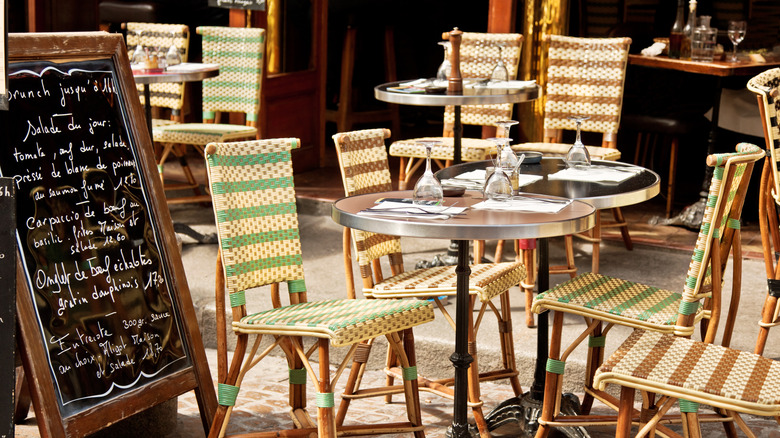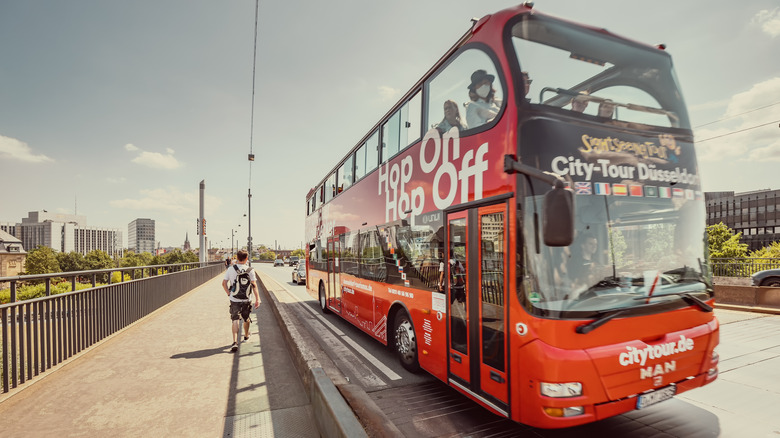Travel Guides Culinary Vacations
Jenna Busch
One of the best things about traveling to a foreign destination or even a city in a different part of your country is spotting the best local places to eat. It gives you a sense of what life is like in a different place, how people eat, when they dine, and what foods are staples. Nothing sounds better as you eat your boring office PB&J than the idea of indulging at a cafe in a bustling square, sipping wine or coffee, and people-watching.
The issue you might find, however, is how to separate the good restaurants that give you a real sense of the city and culture and those that are catering to tourists. The latter are generally overpriced, and the food is not much different than what you’d get at home. Charmed Nomad has a wonderful tip for finding the best restaurants in a new city, and it’s a really easy way to get the most out of your vacation meals — look at the restaurants with smaller menus rather than extensive ones with pictures.
Here’s the tip for finding the best restaurants

Nikada/Getty Images
In addition to sticking with smaller menus, you should usually skip places with fake food on display, though it is often customary and frequently artistic in some Asian countries like Japan. The main reason to visit small menu places is that the restaurants with huge Cheesecake Factory-sized menus are often the ones that cater to tourists, making sure they have familiar foods from home or the few items that travelers from most places will recognize. If you’re going to Italy just to try out all the Caprese salads, that’s fine, but if you want to know what the locals eat, they’re not your best bet.
Smaller menus are also better, as any cooking show devotee will tell you, because less is more. (In fact, Charmed Nomad calls these listings “the less is more menu.”) Restaurants that have a few dishes will always be able to put more time, love, and practice into them than one where the menu is pages long. Smaller menus often change with the season as well, meaning you’ll probably get ingredients at their peak (and their least expensive). Plus, if a restaurant with a small menu is busy, that means the few listings they have are popular. That isn’t the only thing you can do to choose a restaurant in a new city, however. We’ve got a few more tips for you.
Other ways to weed out tourist traps

Frantic00/Getty Images
One of the best reasons to avoid a place is when you see a tour bus outside. This place is sure to be charging a premium for what you could easily get at home. That goes double for places right by a tourist attraction. For instance, if you stop at a cafe that faces the Louvre in Paris, you’re going to be charged an arm and a leg, and there is no way they’re frequented by locals. Try walking a few blocks in a different direction and see what you find there instead.
Buzzfeed mentions another surefire way to know if a place caters to tourists. If a place has a menu in both English and the native language, it’s probably less than ideal. That doesn’t mean you can’t eat there, however. The site suggests ordering off the native language menu while using Google Translate to understand the menu: something that might even save you some money. The app has a feature that allows you to open your camera (sometimes you have to take a picture) and hold it over the menu or anything else to translate it instantly. They also suggest looking at the time most locals eat in that country and seeing if a restaurant opens well before that or closer to the local time. Finally, try asking a person on the street or your taxi or Uber driver for their favorite local place. Bon appétit!

